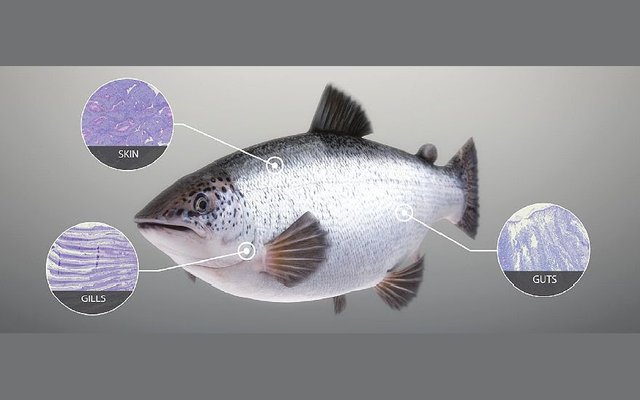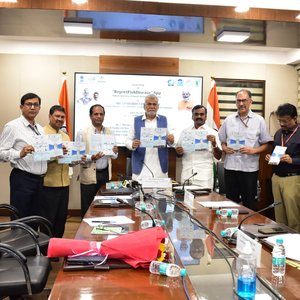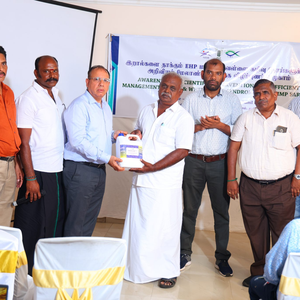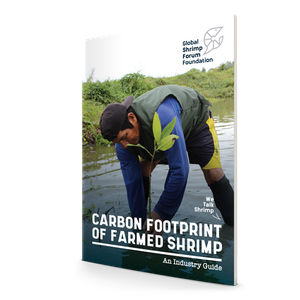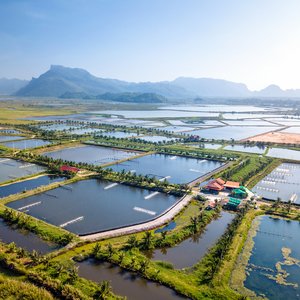Quantidoc launched VERIBARR™, a continuous barrier health monitoring for fish farmers.
It all started with feedback from the industry stating that certain feed recipes gave more slime and thus fewer lice and treatments but previous attempts at measuring the slime were fraught with large unpredictable variations. “We had long been publishing measures of 3D structures from 2D sections (such as histology) using a combination of statistical and biological analyses, called design-based stereology. This translates well to digital images,” the company told Hatchery Feed & Management.
“When we were asked if we could make a method to measure the slimy barriers that was objective, statistically robust and industrially scalable, it took us relatively little time to create Veribarr and apply it to skin, gills, and guts (the external barriers) of farmed fish around the world,” the company said. “The standardized sampling and analytical procedure has given rise to a database that is proving remarkably efficient for real-world conditions in determining how the fish are responding to the production technologies. So this is the first fish-based health measure that can be applied to any fish farming system around the world. The results give insights not available any other way.”
“With Continuous Barrier Health Monitoring, farmers can now proactively detect and address potential issues, ensuring optimal barrier health and minimizing risks. We are now able to interpret signals from the fish's defense system, allowing farmers to gauge the activation level of their immune response and anticipate problems well before traditional methods,” the company said.
After the summer, the company will start three large projects to continuously monitor barrier health throughout the entire production cycle in selected facilities. These facilities will be the first in the world to be able to assess biological risk by monitoring the barrier health of the fish early enough to be proactive and prevent problems. As an added advantage, the company can also document the health and well-being of the fish from the time it is released until it is slaughtered.


